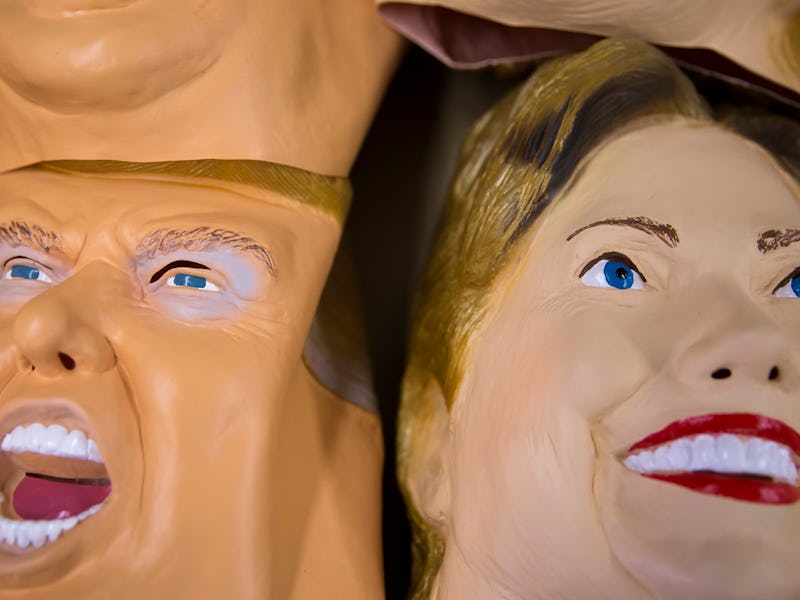Donald Trump's Historically Bad Opinion Poll Results Rest on Sound Methodology
Bad news for Trump: While there's criticism of opinion polls, they are rarely actually wrong.

A rising majority of Americans report unfavorable views of Donald Trump — seven in ten Americans, according to a recent ABC/Washington Post poll, up from six in ten just last month. But what’s most surprising about the latest poll is the historically low level of both presumptive major presidential candidates’ favorability ratings.
There’s criticism of opinion polls from politicians, but they are rarely actually wrong. A deeper look at the methodology used by SSRS, a polling firm out of the appropriately named Philadelphia suburb of Media, Pennsylvania shows a sample size that matches the American population.
The 1,000 people used in the poll were used to match U.S. Census estimates for the overall population by sex, religion, age, education, race/ethnicity, marital status, and population density. The survey sample was also matched with the percentage of people who are cell phone-only and those with both land lines and cell phones.
Conducted June 8-12, the poll was taken before the Orlando nightclub shooting. The polling firm called a random sample of 1,000 American adults, 40 percent on their landlines and 60 percent on cell phones (an important component as more and more Americans lose their landline connections altogether in favor of cell phones). The margin of error was plus or minus 3.5 percent.
The interviews were conducted in English and Spanish and included all sorts of questions before and after the ones about Clinton and Trump. Random Digit Dialing procedures generated the numbers and the callers asked first to speak with the youngest adult male or female in the house. In addition to the 60-40 cell-to-landline ratio, 365 interviews were conducted with adults who lived in cell-phone-only households.
And it found that while Trump netted his worst unfavorable rating since May 2015 before he declared his candidacy, Hillary Clinton reached her highest ever unfavorability level of 55 percent.
According to ABC, the candidates are the two most unpopular major party nominees for president in the outlet’s history of favorability polling going back to 1984.
The recent poll also reveals deep divides among voters by racial and ethnic minorities. Black voters reported 79 percent favorability ratings for Clinton, with just 19 percent expressing unfavorable views of the Democratic candidate. But for Trump, the feelings were entirely reversed: 94 percent of blacks viewed Trump unfavorably. The trend was similar among Hispanics. Among this group, Trump registered an unfavorability rating of 89 percent, while Clinton only polled at 34 percent for unfavorable opinions.
The two candidates’ historic unpopularity explains, in part, Bernie Sanders’ ability to catapult from little-known senator to a primary candidate that could make Clinton sweat. In a Pew Research Center survey published in late 2015, just 19% of Americans said they felt they could trust the government at least most of the time, one of the lowest levels of public trust in government in the past 50 years. Nearly three-quarters of respondents said they thought elected officials put their own interests above their constituents’ and the nation’s.